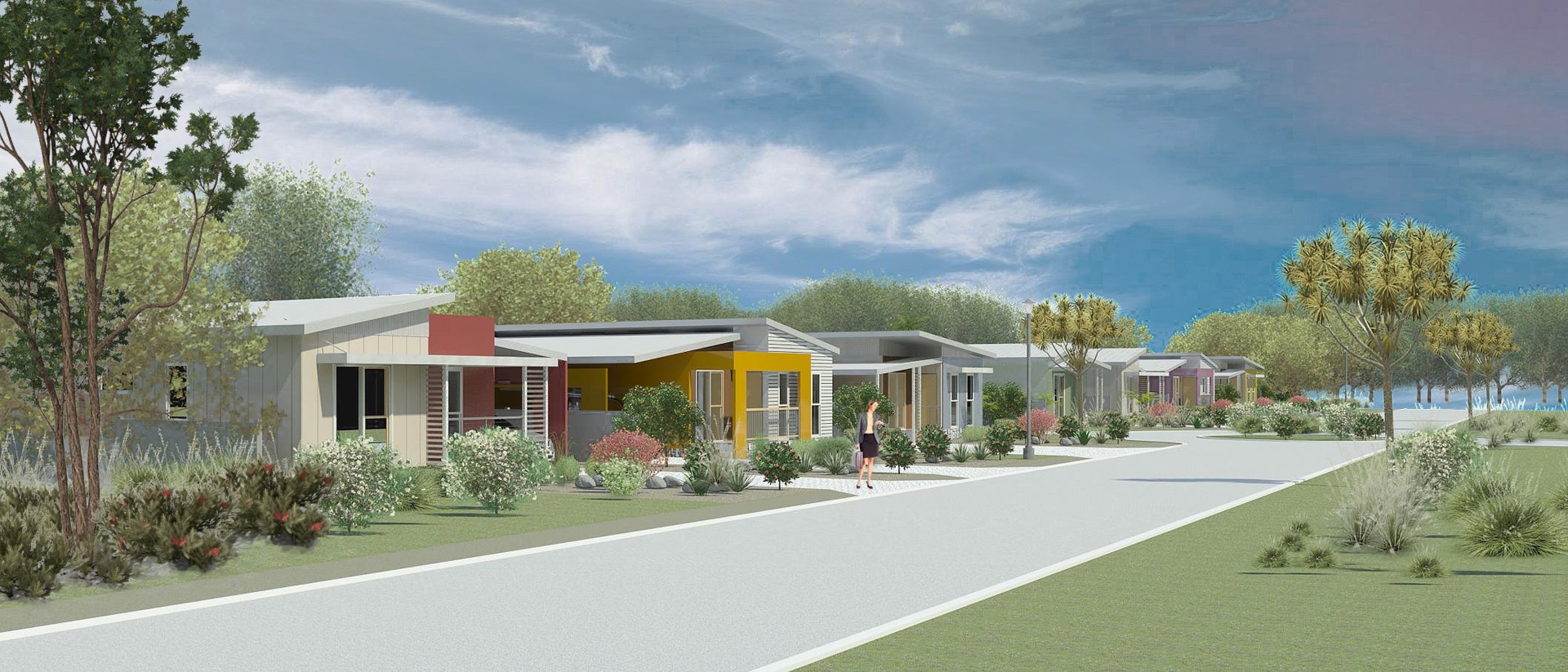Affordable Housing
Affordable housing is accommodation that "does not cost so much that such a household is unlikely to be able to meet other basic living costs on a sustainable basis" (Disney 2007)
When the total burden of unaffordable housing is combined with the other financial commitments of a household, the inhabitants can be said to be in ‘housing stress’.
Brighthouse has developed a variety of innovative models for affordable housing development. These include public-private partnerships, and cooperative development of affordable housing projects between governments the private sector, sometimes with not-for profit operational management arrangements for the completed developments.
The term ‘affordable housing’ is often and widely used but its meaning varies dependant on the context within which it is used.
Where Brighthouse has been commissioned to provide concepts, feasibility studies and business cases for a recognised or perceived need for affordable housing, it generally falls within the following definition:: "Affordable housing is housing which is affordable for residents in lower or middle parts of the income scale". This housing must be reasonably adequate in its standard and location for these households and “does not cost so much that such a household is unlikely to be able to cover normal living costs.
Affordable housing refers to housing available for both purchase and rental and can be provided by the public, community or private sectors. Brighthouse works with State and local government, private and not-for-profit sectors providing innovative solutions to the problem of the inadequate supply of affordable housing.
Land supply is a critical factor in housing affordability, and Brighthouse has has worked closely with government to find opportunities for land provision for affrdable housing.
When the total burden of unaffordable housing is combined with the other financial commitments of a household, the inhabitants can be said to be in ‘housing stress’. This can occur when low and moderate income households are required to spend a disproportionate amount of their income on housing costs (for example rent and mortgage payments).
The generally accepted measure of housing stress is the ‘30/40 rule’: When a household in the bottom 40% of the income distribution spends more than 30% of its gross income on housing costs.
“Higher income households who choose to allocate more than 30% of their income on housing costs are not in housing stress. They may have a high housing cost to income ratio but they will still have sufficient income left for life’s necessities” (Winter, 2007)
In recent years, strong housing demand has caused the cost of housing in WA to rise dramatically leaving many on low and moderate incomes struggling to find housing that is both affordable and appropriate for their needs.
WA has overtaken the rest of Australia in regards to how much on average is being spent on mortgage costs, with nearly 40 per cent of all owner-occupier households devoting more than 30 per cent of their incomes towards mortgage repayments.
Brighthouse has developed a variety of models for affordable housing development, including public-private partnerships, cooperative development of affordable housing projects between State and local governments and private or not-for profit operational management arrangements for the completed developments.
Brighthouse concepts and proposals are currently under consideration by the WA Housing Authority and local government areas, private sector investor-developers and not-for profit agencies.










